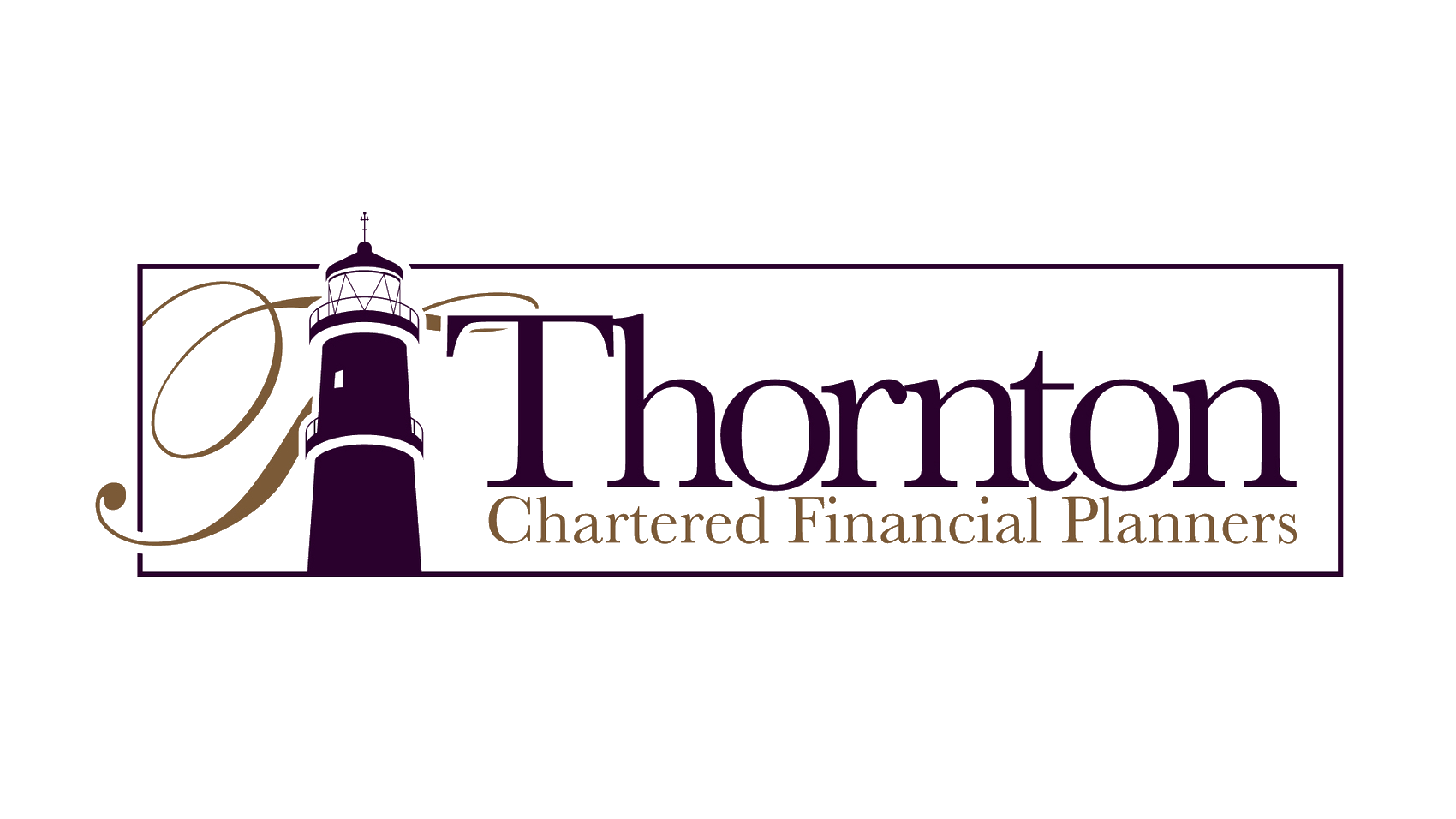The long-awaited TT 2022 is almost over!
It was good to see the island alive and buzzing with excited motorsport fans. I can’t wait for next year already!
The fortnight has been based on decisions that solely focused on ‘Today Natalie’. These choices have led to too much fun and not enough sleep – but that’s OK in the short term (I think!?)
In the main, though, I also have to consider ‘Future Natalie’ from time to time and, most definitely, when considering my own finances.
As fun as it is to spend, and a bit boring to be sensible and think of 20/30 years down the line, I know it’s essential to save if I want to live a happy life in retirement.
It’s currently easier than ever to see the ‘cost’ of keeping too much savings in cash.
The Bank of England’s interest rate is 1%. According to the island’s published inflation data last month, the cost of living rose by 9%.
It’s clear to see how, in the long term, the spending value of cash is diminished.
Investing regularly into a pension is an excellent way to save for retirement.
The money in your pension can be invested to keep pace with, or hopefully beat, inflation in the long term. The tax relief awarded on your contributions helps matters too.
The restrictions around not being able to access it too early can also help with discipline – you can’t dip into it when you want!
Sadly, many people are still without a pension or with a pension and not contributing enough. I feel this is in part because people don’t necessarily understand them. Pensions are seen as complicated and potentially scary (and boring).
I can’t cover everything here, but hopefully, these main points are helpful and might get you thinking/talking about pensions and making good decisions today and for future you.
Types of a pension
State. Inflation proofed, income for life paid by the government. The amount payable depends on your personal National Insurance record. The current full Manx State Pension is £202.23 per week.
Defined benefit/final salary. These are pensions that pay an inflation proofed income for life at a rate usually determined by your years’ service and final (sometimes average) salary. Most of these schemes are closed to new members in the private sector.
The IOM government operates defined benefit schemes for civil servants, police, teachers, NHS staff etc.
Occupational (Defined Contribution). This is a type of pension offered by your employer. Typically, both you and your employer will contribute a percentage of salary, which is then invested for you. The amount of income payable in retirement will be determined by the value of your pension at retirement.
Personal Pensions and ‘SIPPs’. As with the occupational pension, the amount payable on retirement is based on the value at retirement. You pay contributions which are invested. SIPPs tend to have more comprehensive investment options.
Annuities. A pension annuity is a guaranteed income for life. The features vary from a simple fixed regular payment that ends on death to escalating payments with dependent’s pension and/or guarantee periods.
Tax Legislation/Rules
There are others, but the pensions we see most often are written under one of two sets of rules:
1989 Schemes. Subject to the specific scheme rules, benefits can be taken from age 50. They must be accessed by age 75. Up to 30% can be taken as a tax-free lump sum. The remaining value can be used to pay an income. This income is capped at a percentage of the value of your pot. The upper and lower limit is set by government.
Pension Freedom Schemes (also referred to as 61H Schemes). Benefits can be taken from 55. There is no maximum age by which benefits must be taken. 40% can be taken as a tax-free lump sum. The remaining value can be used to pay an income. There are no maximum limits; in fact, the whole fund can be withdrawn if desired. These rules were introduced in 2018.
Tax benefits (what’s in it for you)
Where your employer pays into your pension, this is generally done before income tax is deducted. If your employer pays £1,000 into your pension, £1,000 is invested. If this were paid to you as salary, income tax would be payable, potentially reducing that £1,000 to £800 if you are a 20% taxpayer.
If you contribute to a personal pension or SIPP, you can claim tax relief via your self-assessment.
As previously mentioned, a portion of your pension can be taken as a tax-free lump sum. Any further income paid will be subject to income tax at the rate you pay. This is up to 20% for the 2022/2023 tax year.
Pensions are not subject to tax until you take money from them. This gives a further level of tax efficiency while you are saving.
Contributions
There is a limit to how much you can pay into a pension during a tax year (6th April to 5th April).
The maximum personal contribution is the lower of your relevant earnings (employment income paid as salary) or £50,000.
The £50,000 overall limit includes any amounts paid in by your employer too.
Investment considerations
As previously explained, entitlement from Defined Benefit schemes is calculated based on service and salary.
For the other types of pension, the value of the pension is based on the performance of the underlying investments. The investment strategy should align with the individual’s attitude/tolerance for risk and losses and any investment preferences, such as ethical based investing.
The investment risk sits with the member. The value of the pension will fluctuate, and it is possible to get back less than contributed. That being said, pensions are usually a long-term investment, and over time, markets have generally followed an upward trend.
Where funds are to be invested for the longer term, maybe 20+ years, short term volatility becomes less important, meaning relatively higher-risk investments may be selected.
As retirement age approaches, it is common to see the level of risk adopted reduce.
You should discuss specific investment strategies with a financial planner.
What happens on death?
In most cases, your state pension ends on your death.
Defined benefit/final salary pensions may pay a dependents’ pension on death, at a reduced rate (often 50%) to your nominated financial dependants. Criteria as to who qualifies as a dependent will likely apply.
For most other pensions, the value on death will be made available for the member’s beneficiaries.
For a 1989 scheme, where funds in the pension have already been accessed by the member, a death tax charge of 7.5% will be deducted before the fund is paid out, if taken as a lump sum.
This charge does not apply to 1989 schemes where funds have not yet been accessed or Pension Freedom/61H Schemes.
What does retirement look like/What’s it all for?
The most enjoyable part of a Chartered Financial Planner’s job is helping clients establish what they would like to retire to. A big part of this is focusing the mind on considering what life will look like and its cost in future, rather than solely concentrating on clocking off for the last time.
Making realistic assumptions about the cost of your future can give you a final figure to aim for. This perceived endpoint gives you your starting point.
How much do you need to save and for how long? The numbers vary from person to person, but it would be fair to say that saving for retirement is a positive thing in most cases.
The state pension is unlikely to be enough on its own, after all.


